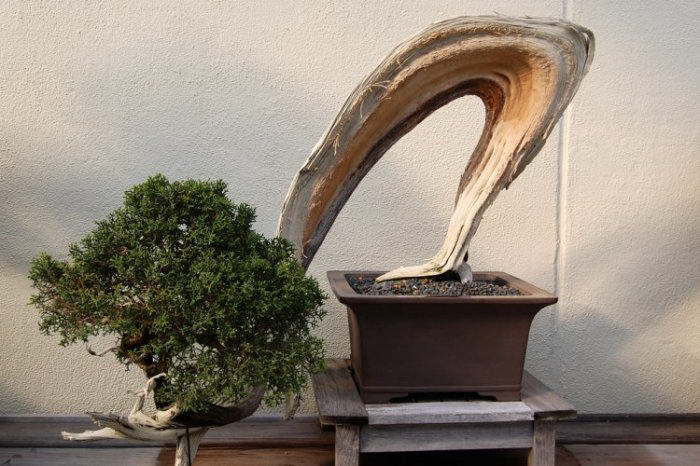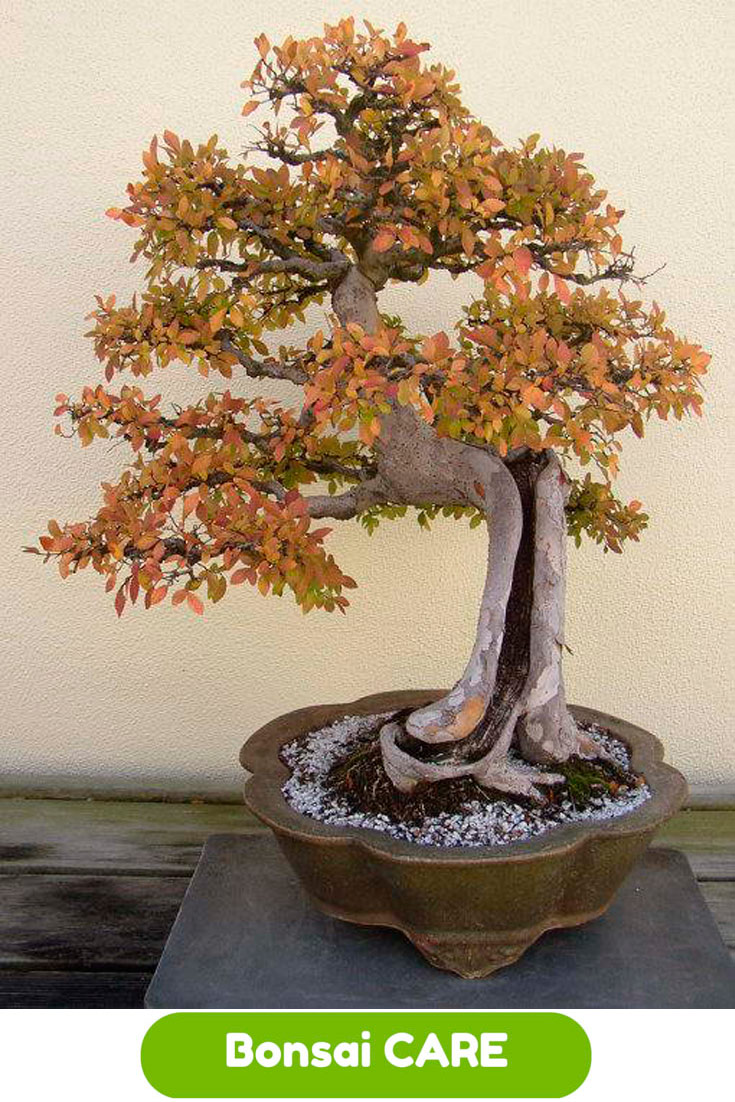When you know what to plant next to this or...
Air-layering, or One More Way to Propagate a Bonsai Tree
Air-layering is an advanced method of propagating a dwarf tree. This technique is not so widely used in the West but in Japan and China it is tested very often. The purpose of air-layering is to create a new bonsai tree by removing a branch or section of the trunk from a desirable tree.
There are several layers under the bark: phloem, xylem and cambium. Phloem is a layer of cells which is responsible for transporting carbohydrates as well as other photosynthates from the foliage to the bottom parts of the tree. Xylem is right beneath phloem layer. It brings water and mineral nutrients from the roots and soil to the leafy parts of the specimen. There is the secondary xylem beneath xylem. There is a layer which consists of cells that divide actively. It’s called cambium. It lies on top of the mentioned layers, just under the bark.
Air-layering is the process of removing the bark, the cambium, and the phloem layer whereas the xylem is left intact. Thus, carbohydrates and other photosynthates are prevented from flowing down the trunk, past the removal site but at the same time it lets water and mineral nutrients flow up the leaves.
The injured part of the bark heals little by little. It forms a callus. From this callus dormant adventitious buds are formed that grow into roots. As soon as there are enough roots to sustain the shoot independently (about 3-6 months depending on the species), you can cut off the shoot of the “parent” plant. Later it is planted or potted.












